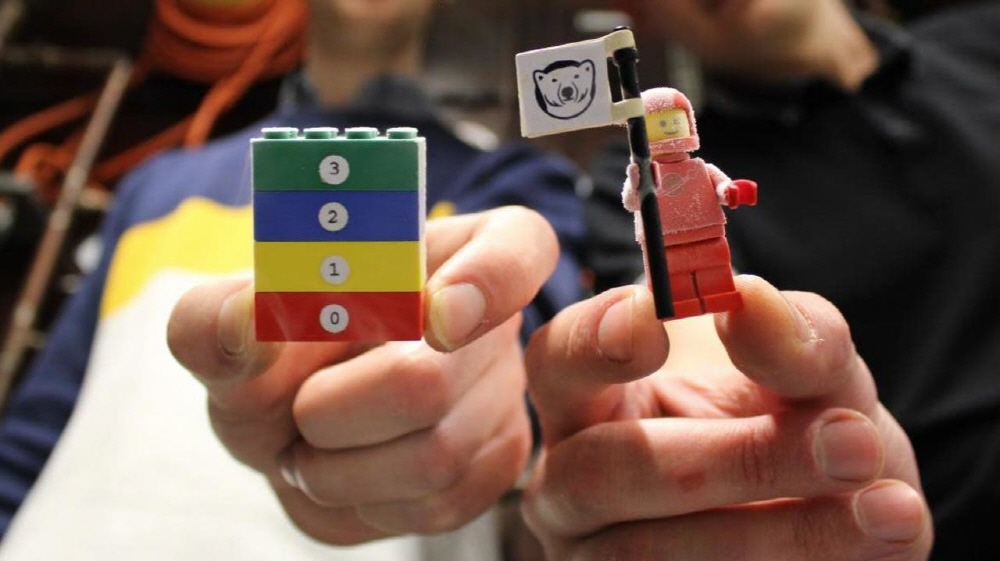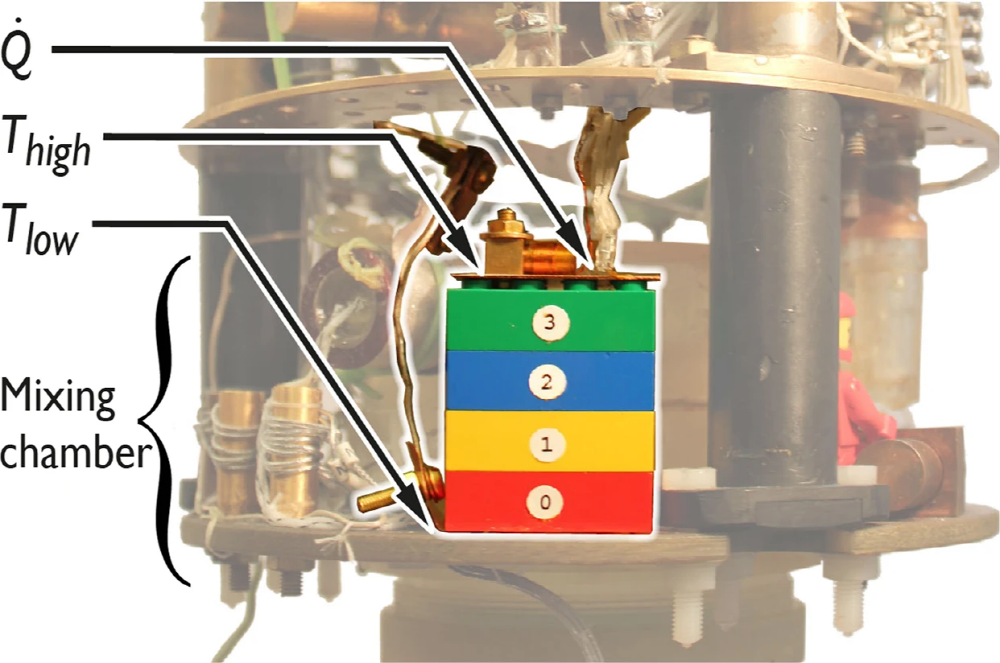
A research team at Lancaster University in the UK believes that Lego blocks will be an inexpensive and effective alternative to expensive materials. The blocks were stacked in 4 layers, diluted, and placed in a freezer. The device creates cryogenic temperatures through a heat absorption process that mixes two helium isotopes.
The research team mounted a four-tiered block floor in a cooling chamber where radioactive isotopes were mixed, and a small heater and thermometer were placed on the block surface. According to a paper published in Scientific Report, in this experiment, the block was exposed to a temperature of 1.8 Kelvin at 70 milliliters, which is lower than that of the vacuum space. For reference, the Kelvin value is zero, which is the same as -273.15 degrees Celsius or -459.67 degrees Fahrenheit at a temperature where the material does not have heat.
Even if the top part of the block was heated, there was no noticeable change in the temperature of the lower block. After calculating the thermal properties of the repeated blocks, the team concluded that Lego is an effective insulating material even at such low temperatures. In addition, Lego says it performs better than expensive plastics on the market.
The research team hypothesized that the low thermal conductivity of Lego blocks is a result of the combination of the structure of the block and the thermal conductivity of the acrylonitrile butadiene styrene ABS resin. The interlocking blocks are merged to form a space that minimizes contact between blocks, which slows heat transfer.

This experiment started with the idea that materials like Lego could be used for quantum computers. For example, technologies like quantum computers that perform tasks at very low temperatures can be useful components that transfer heat slowly. Of course, the same effect can be expected with industrial plastics, but if used in large quantities, the price will increase.
Quantum computing is still a new technology, but what attracts attention is that it is expected to solve potential problems faster than ordinary computers. However, quantum computers developed by IBM and Google all operate only in extreme low temperatures. Unnecessary heat from device components or from the environment can impair both motion. This is not the first time that a different material like Lego has been used in quantum computers.
However, the research team is not considering incorporating Lego into the structure of a quantum computer. Instead, it is expected that vacuum ABS composite materials such as Lego will be useful structural parts for future cryogenic technology. ABS resin is already a popular material for 3D printers and is much cheaper than other industrial plastics. Given this, future devices may also incorporate parts made specifically from ABS for specific technologies. Related information can be found here .


















Add comment